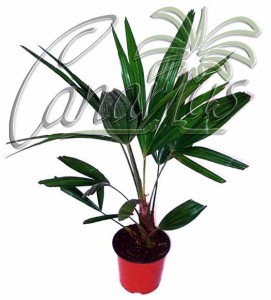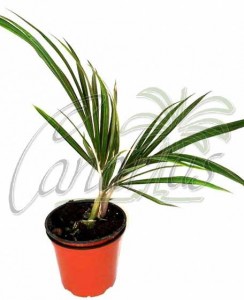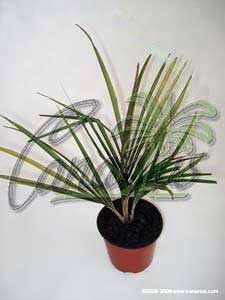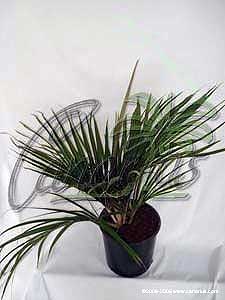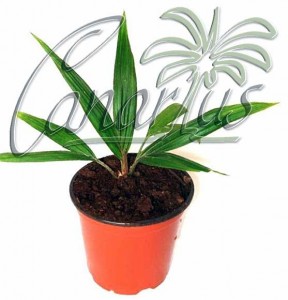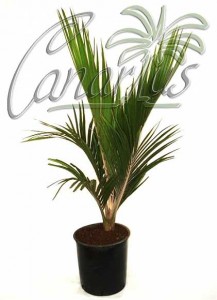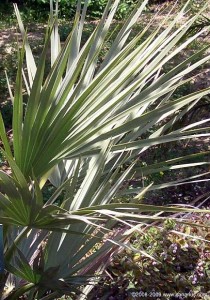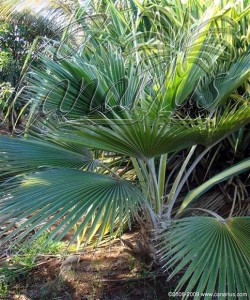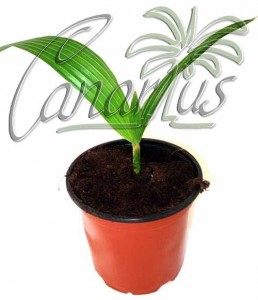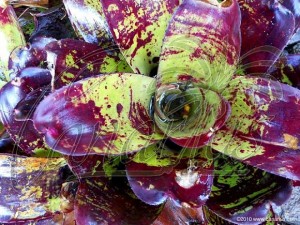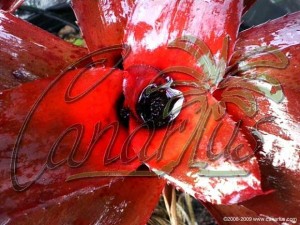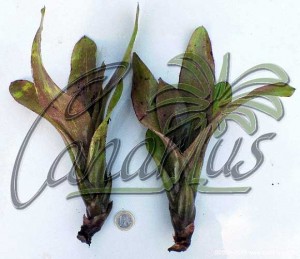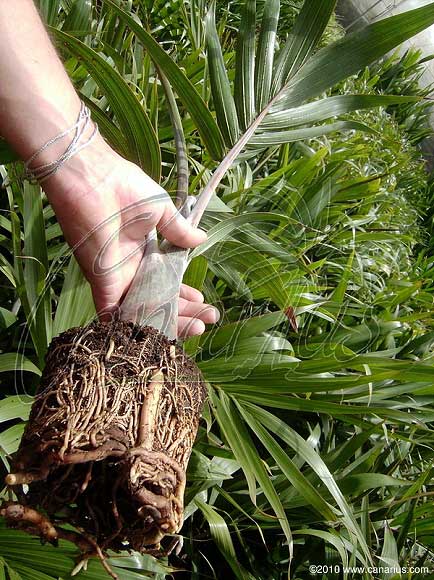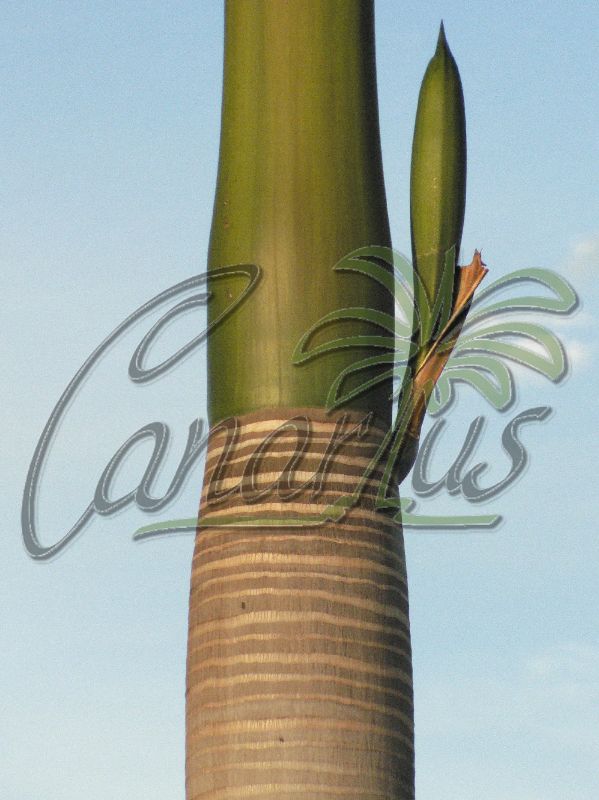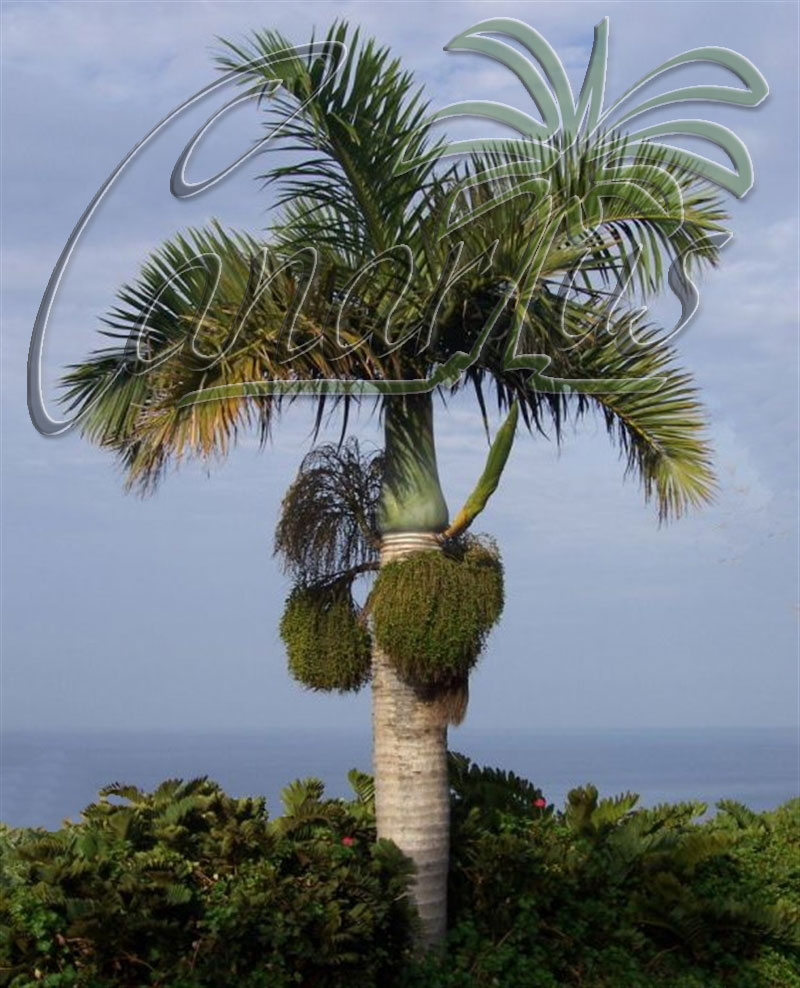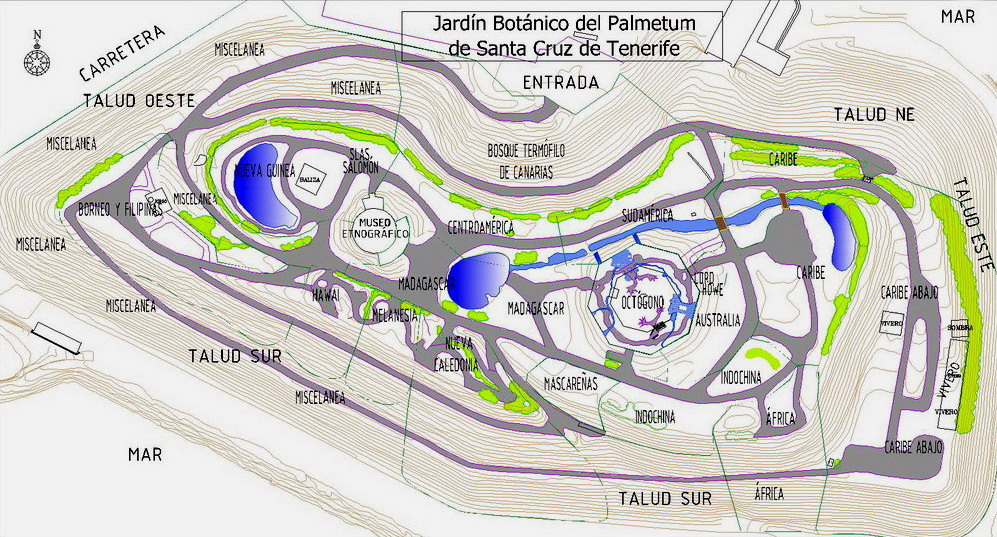A lovely video with pictures by Alexander Nijman and Asian music, published in Youtube by Innes54. The title is:
Himalayan Windmill Palms in the Wild
Trachycarpus is a genus of cold-hardy palms native to Asia. The video shows them in habitat in the steepest hills of the world. The beautiful pictures show two species: Trachycarpus fortunei and Trachycarpus takil.
The description in youtube says:
“Himalayan Windmill palms grow in a disconnected grove across the Himalayan orogeny in a transect of the Ganges, Brahmaputra, Irrawaddy, Mekong and Chang rivers, on almost inaccessible slopes and ridges of four of the deepest, wildest canyons on earth. Some of the region remains unknown to the hands and feet of man. This is a rare look at some of these palms in the wild.
Music: Snow Wears Down the Mountain, scored for Indian and Chinese traditional instruments and string orchestra, based on two pentatonic scales. “
The shop at www.canarius.com offers more than 100 palm species, including these two trachycarpus species. Visit the PALM SECTION of our SHOP!
















